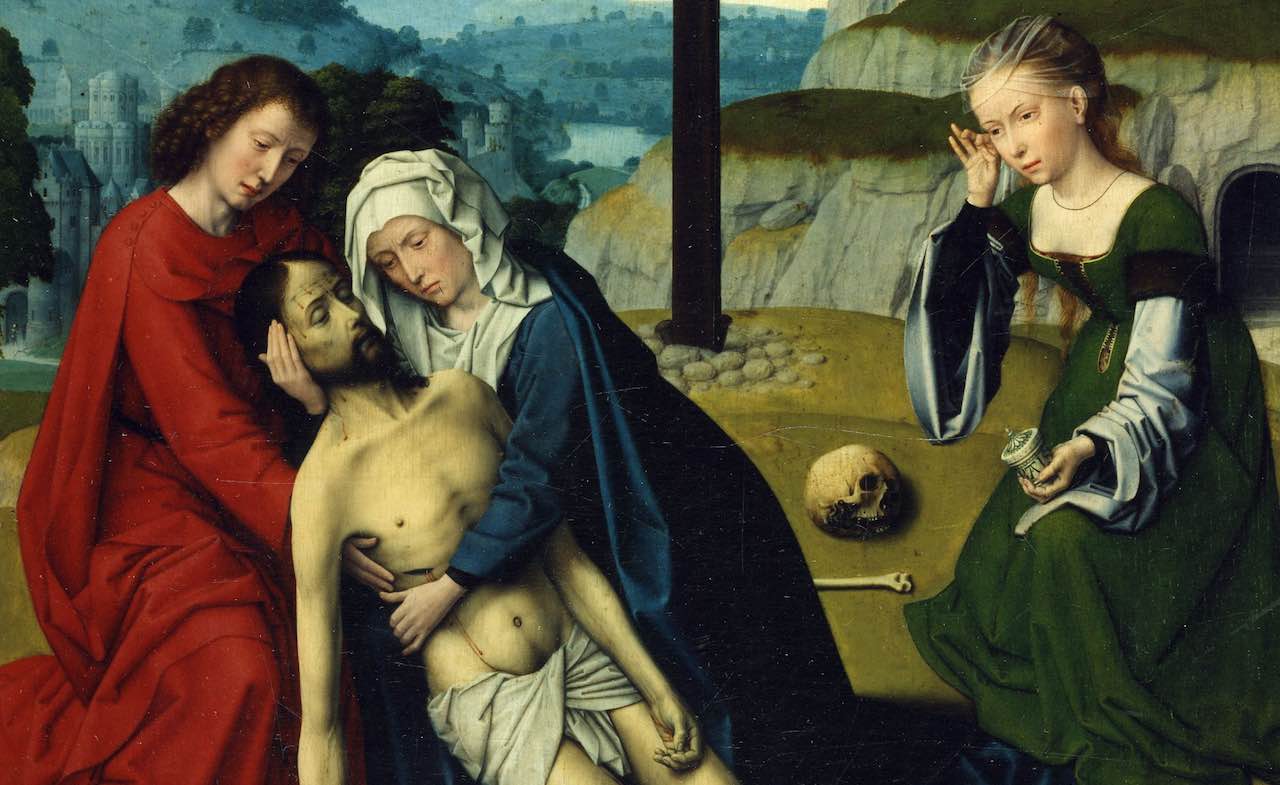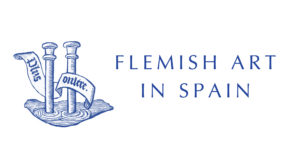
Cultural Crossroads: Artistic Encounters between the Low Countries and Spain, 15th-17th Centuries
Co-organiser of the project: Instituto Moll (Madrid).
The export of art produced in the Southern Netherlands to the Iberian Peninsula is a well-known research topic. The importance of the economic links, based mainly on the trade in wool from Castile for the looms of Flanders and Brabant, contributed to the creation of a commercial network for the dissemination of works from the North throughout the Iberian Peninsula. In addition, the close diplomatic and dynastic ties between the houses of Burgundy and Habsburg on the one hand and the Catholic sovereigns of Spain on the other favoured the emergence of major patrons. These included Isabel the Catholic, but also Diego de Guevara. Numerous paintings, tapestries, sculptures, and stained-glass windows thus found their way into Spanish collections, whether private or public, civil or religious, where they have often remained to this day.
Since 2020, the Instituto Moll (Madrid) and the Fondation Périer-D’Ieteren (Brussels) have been carrying out a research programme aimed at identifying and studying the art of the Southern Netherlands from the 15th to 17th centuries that is still preserved in Spanish collections today.
By focusing initially on paintings (15th-17th centuries), this project responds directly to the needs of researchers expressed as early as 1953 with the publication of the first repertoire of the Centre for Flemish Primitives devoted to the Spanish collections, under the direction of Jacques Lavalleye[1]. The very objective of the repertory was « to make known unpublished or less studied paintings (…) fragmentarily explored by scholars ». Unfortunately, only two volumes will be published, which will leave in the shadows several important paintings. More recently, the work of Elisa Bermejo, Matias Díaz Padrón and Didier Martens, the large survey of the Burgos and Palencia regions by Pilar Silva Maroto, the Las Edades del Hombre exhibitions held since the end of the 1980s, Constanza Negrín Delgado’s and Ana Diéguez Rodríguez’s doctoral dissertations, as well as the publications of the scientific catalogues of Spanish museums’ collections have reproduced and studied a large number of little-known or previously unpublished Flemish paintings[2]. All these publications have made it possible to envisage a more extensive census to broaden the range of research topics and to make professionals and a wider public aware of the artistic and heritage issues of these works.

Database
Flemish Art in Spain Database.
Publications
- Forthcoming in September 2025.
Study Days
To continue the dynamic initiated by these predecessors, the Instituto Moll and the Fondation Périer-D’Ieteren are organising a series of study days dedicated to this subject. The aim of this first study day, focusing on paintings, is to offer short contributions on a little-known Flemish painting or group of paintings (15th-17th century) preserved in Spain. Other conferences devoted to the different art forms will be organised as part of this project.
- Flemish Paintings in Spain, 24 November 2023, Brussels.
- Woven Pictures, 8 November 2024, Madrid.
- Echoes of Flemish Sculpture in Spain from Gothic to Baroque, 28 November 2025, Brussels.